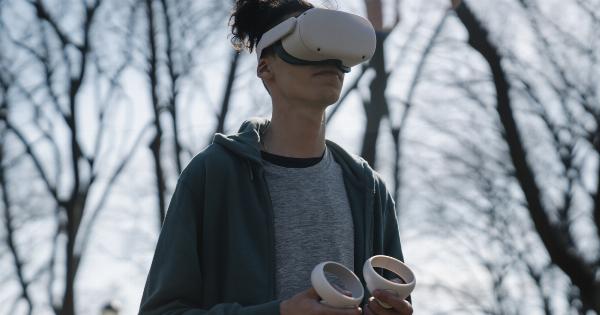Dogs and cats are known for their keen senses, and that includes their vision. However, what many people don’t realize is that these animals see things differently than humans do.
They perceive the world around them in their own unique way, and this can have a significant impact on their behavior and interactions with humans.
Understanding the Dog’s Eye
Before we delve into how dogs see in the light and dark, it’s helpful to understand the structure of their eyes. Dogs have large pupils that allow more light to enter, which is why they can see well in low light conditions.
Additionally, they have a reflective layer at the back of their eyes called the tapetum lucidum. This layer reflects light back through the retina, which enhances their night vision.
However, dogs have fewer color-detecting cells, or cones, in their eyes than humans do. This means that their color vision is not as extensive as ours. Dogs have what is known as dichromatic vision, which means they see in shades of yellow and blue.
This is why most dog toys are designed in these colors – it’s easier for them to distinguish than other colors.
How Cats See the World
Cats have an entirely different visual perception than dogs. They have larger eyes with more cones, which gives them a wider range of color vision. Their eyes also have a larger lens, which allows them to see more detail.
Despite this, cats do not have the same high-quality night vision as dogs.
Cats are also superior in their ability to detect motion. They have a wider field of vision and can detect movements that are nearly imperceptible to humans. This allows them to detect prey more easily and quickly respond to potential threats.
Seeing in the Dark: A Comparative Approach
When it comes to seeing in the dark, dogs and cats have different advantages. Dogs can see better in low-light conditions because of their larger pupils and the reflective layer in their eyes.
Additionally, the shape of their eyes gives them a wider field of vision, which helps them detect movement and locate prey.
Cats, on the other hand, have a different mechanism for seeing in the dark. They have specialized cells in their eyes called rods, which are more sensitive to light than cones.
This gives cats the ability to see in low-light conditions, even when there is no moon or stars to provide ambient light. However, their ability to perceive color in low-light conditions is limited, so they rely more on motion detection than color vision.
Visual Cues: How They Affect Dog and Cat Behavior
Because dogs and cats see the world differently than humans, this can have a significant impact on their behavior. For example, dogs may be more easily startled by sudden movements, especially in low-light conditions.
This is because their sight relies on detecting movement, and sudden movements can alert them to potential danger.
Cats may also be easily distracted by movement, even when it’s not a threat. This is because they are hardwired to detect motion, which allows them to detect prey and avoid predators.
Additionally, cats may be attracted to certain colors, such as red, because they are more easily distinguishable from the surrounding environment.
Conclusion
In conclusion, dogs and cats have unique visual perspectives that shape the way they perceive and interact with the world around them.
Understanding these differences can help us better understand our furry companions and provide them with the care and attention they need.






























